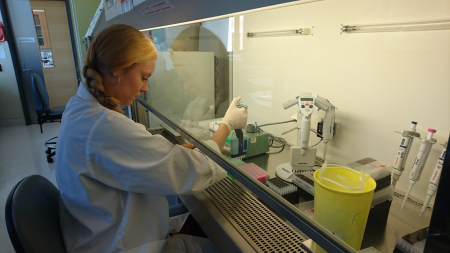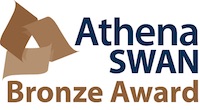University’s ground-breaking Chernobyl research featured on tonight’s Channel 4 News

University’s ground-breaking Chernobyl research featured on tonight’s Channel 4 News
Tuesday 14 July 2015
CHANNEL 4 News this evening (Tuesday 14 July) will feature a special report on ground-breaking research on wildlife in radioactive Chernobyl, led by the School of Environment & Life Sciences at the University of Salford.
Dr Mike Wood was awarded funding from the Natural Environment Research Council to study wildlife within the Chernobyl Exclusion Zone, which is still suffering the effects of massive exposure to radioactive material released by an explosion at a nuclear reactor in 1986.
Dr Wood's team's project is part of a five-year research programme called Transfer, Exposure, Effects (Tree), which will aim to "reduce uncertainty in estimating the risk to humans and wildlife associated with exposure to radioactivity, and to reduce unnecessary conservatism in risk calculations".
The fieldwork uses cameras to track the secret lives of wildlife that have made the contaminated landscape their home.
Cameras are positioned at 84 locations, allowing the team to record the type of animals passing through the area and where they make their home.
In the first four months since the cameras were deployed, the team "trapped" more than 10,000 images of animals, suggesting the 30km radioactive zone, is now home to a rich diversity of wildlife.
The network of cameras is gathering data that will help scientists choose the most appropriate species to fit with collars that will then record the level of radioactive exposure the animal receives as it travels across the zone.
"We want an animal that moves over areas of different contamination - that's the key thing we need," explained project leader Mike.
”So we would consider some of the larger animals, such as wolves, because they would be ideal because the way the animal moves through the areas actually affects its contamination levels."
Late last year, one of Dr Wood's Ukranian colleagues - Sergey Gashchak - captured what was believed to be the first photographic evidence of brown bears within the CEZ.
Other animals tracked include Elk, Wolves and the endangered Przeswalski's horse.
For further information, please contact Gareth Hollyman (Press & PR Officer) on: g.b.hollyman@salford.ac.uk









